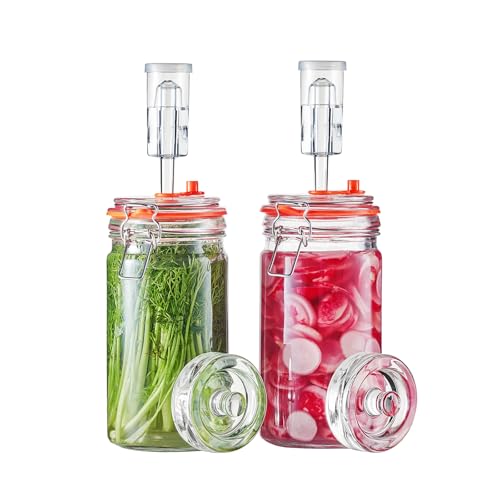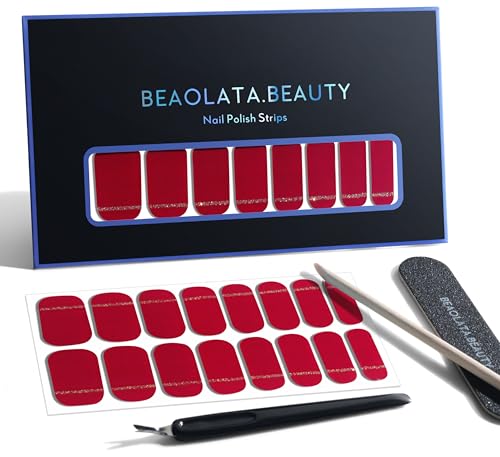I agree with most grape wines clear with time, and most problems are solvable, e.g., pectin haze, protein haze, etc. But I've had a couple that refused to clear without fining and I did not determine the cause. The final result was pleasing, but they were a puzzle. And I've had a few that spent a year in bulk aging yet dropped some sediment in the bottle after another 6-12 months.
There is the issue of time. In my misspent youth I did a lot of winery hopping through the NY Finger Lakes and got to know a lot of the winery owners, who were either the head winemaker or directly involved. Time and cashflow were important factors for them, so they were always looking at ways to get some of the last fall's wines on the market sooner than later. These were all startups, 1 to 5 years in production when I started my fun, so cashflow was critical.
I learned a lot wandering through the wineries as the winemakers explained and demonstrated things. I tasted a LOT of wines in production. Fun times!

30+ years later, the wineries that succeeded in managing their cash flow and adapting to changing times are still going strong, although their wines have changed. They all do a wide variety of wines, including a lot of lightly sweet to sweet reds and whites, and all have a strong showing of more premium reds and whites.
Some years back I made my first trip to the Finger Likes in 20+ years, and when I arrived at many wineries the place was unrecognizable -- the original buildings were gone and new, very nice buildings replaced them. The original folks I knew were all retired or passed on, but the wineries are still going strong.
The wineries that didn't mange the cash flow? Well, their vineyards are now owned by others.
This may explain my POV on the subject.


































![[Upgraded] 9Pcs Tree Root Growing Box with Drain Holes, Half Transparent Plant Rooting Propagation Ball & Metal Core Twist Ties, for Fast Propagation Plants (Size M)](https://m.media-amazon.com/images/I/514MWQxtWOL._SL500_.jpg)


















